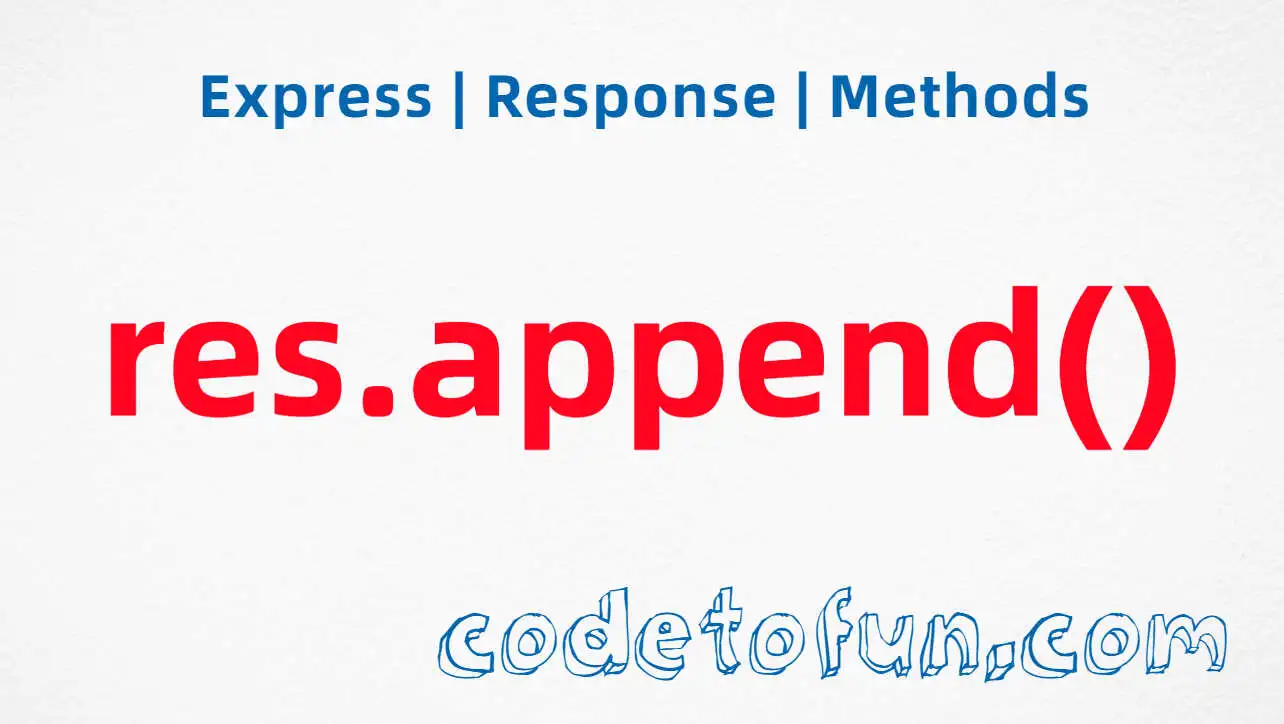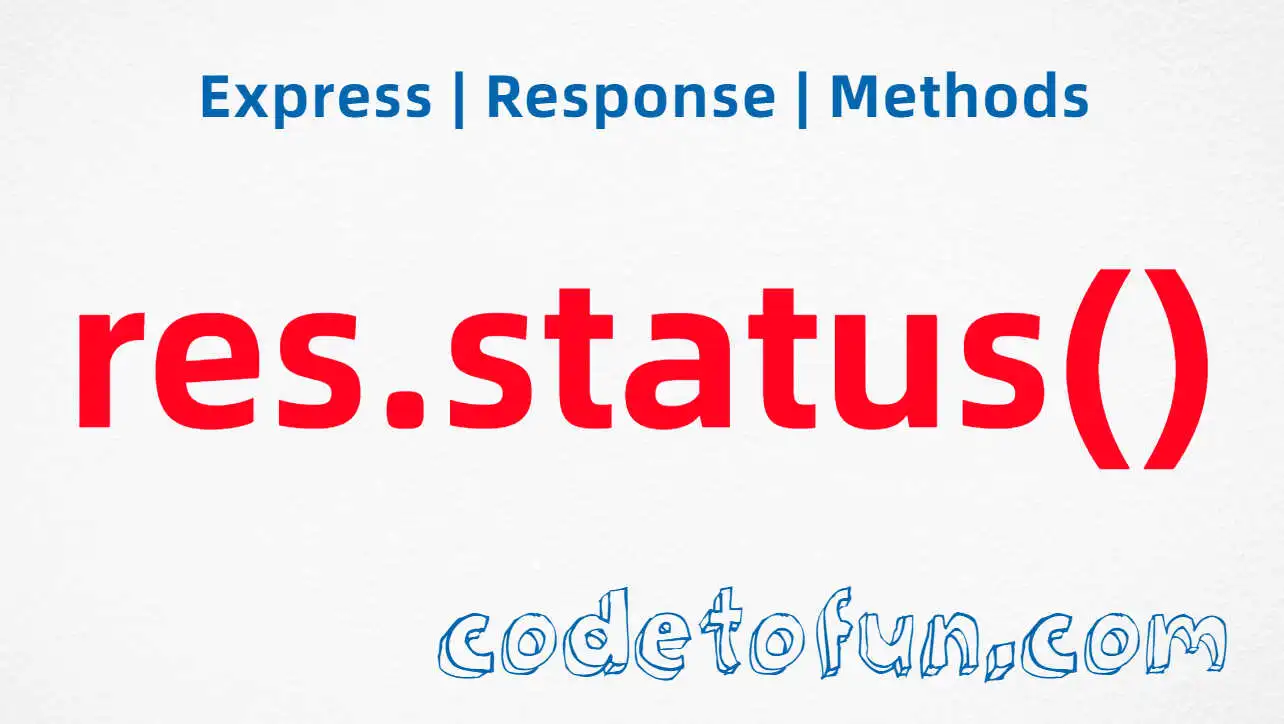
Express.js Basic
- express Intro
- express express()
- express Application
- express Request
Properties
- req.app
- req.baseUrl
- req.body
- req.cookies
- req.fresh
- req.host
- req.hostname
- req.ip
- req.ips
- req.method
- req.originalUrl
- req.params
- req.path
- req.protocol
- req.query
- req.res
- req.route
- req.secure
- req.signedCookies
- req.stale
- req.subdomains
- req.xhr
Methdos
- express Response
- express Router
Express req.acceptsCharsets() Method

Photo Credit to CodeToFun
🙋 Introduction
In the realm of web development, content negotiation plays a crucial role in serving clients with the most suitable response.
Express.js, a popular Node.js web application framework, provides various methods to facilitate this negotiation.
This guide dives into the req.acceptsCharsets() method, designed for handling requests related to character set preferences. Join us as we explore the syntax, usage, and practical examples of this expressive feature in Express.js.
💡 Syntax
The syntax for the req.acceptsCharsets() method is simple and enables you to determine if the specified character sets are acceptable, returning the best match:
req.acceptsCharsets(charset [, ...])- charset: A string or an array of strings representing the character sets to check.
❓ How req.acceptsCharsets() Works
The req.acceptsCharsets() method checks the request's Accept-Charset header to determine if the specified character sets are acceptable. It returns the best match or false if none of the provided character sets are acceptable.
app.get('/content', (req, res) => {
const acceptedCharset = req.acceptsCharsets('utf-8', 'iso-8859-1');
if (acceptedCharset) {
res.send(`Selected character set: ${acceptedCharset}`);
} else {
res.status(406).send('Not Acceptable');
}
});In this example, the route /content uses req.acceptsCharsets() to determine the preferred character set from the client's request.
📚 Use Cases
Content Negotiation:
Use
req.acceptsCharsets()to negotiate the character set when responding with dynamic content.example.jsCopiedapp.get('/data', (req, res) => { const acceptedCharset = req.acceptsCharsets('utf-8', 'iso-8859-1'); if (acceptedCharset) { // Logic to send data in the accepted character set res.send(`Sending data in ${acceptedCharset}`); } else { res.status(406).send('Not Acceptable'); } });Multi-language Support:
Leverage
req.acceptsCharsets()for serving content in different character sets based on client preferences.example.jsCopiedapp.get('/about', (req, res) => { const acceptedCharset = req.acceptsCharsets('utf-8', 'iso-8859-1'); if (acceptedCharset) { // Logic to send about page content in the accepted character set res.send(`About page content in ${acceptedCharset}`); } else { res.status(406).send('Not Acceptable'); } });
🏆 Best Practices
Provide Default Character Set:
Always consider providing a default character set in case none of the specified character sets are acceptable.
example.jsCopiedapp.get('/content', (req, res) => { const acceptedCharset = req.acceptsCharsets('utf-8', 'iso-8859-1') || 'utf-8'; // Logic to send content in the accepted or default character set res.send(`Sending content in ${acceptedCharset}`); });Handle Not Acceptable Responses:
Handle cases where none of the specified character sets are acceptable by sending an appropriate HTTP 406 response.
example.jsCopiedapp.get('/data', (req, res) => { const acceptedCharset = req.acceptsCharsets('utf-8', 'iso-8859-1'); if (acceptedCharset) { // Logic to send data in the accepted character set res.send(`Sending data in ${acceptedCharset}`); } else { res.status(406).send('Not Acceptable'); } });
🎉 Conclusion
The req.acceptsCharsets() method in Express.js provides a powerful tool for negotiating character sets, allowing you to tailor your responses to meet client preferences. Whether you're dealing with dynamic content or supporting multi-language applications, understanding and implementing req.acceptsCharsets() can significantly enhance your Express.js applications.
Now, with knowledge about the req.acceptsCharsets() method, explore and integrate this feature into your Express.js projects to provide a more personalized and efficient user experience!
👨💻 Join our Community:
Author

For over eight years, I worked as a full-stack web developer. Now, I have chosen my profession as a full-time blogger at codetofun.com.
Buy me a coffee to make codetofun.com free for everyone.
Buy me a Coffee












If you have any doubts regarding this article (Express req.acceptsCharsets() Method), please comment here. I will help you immediately.